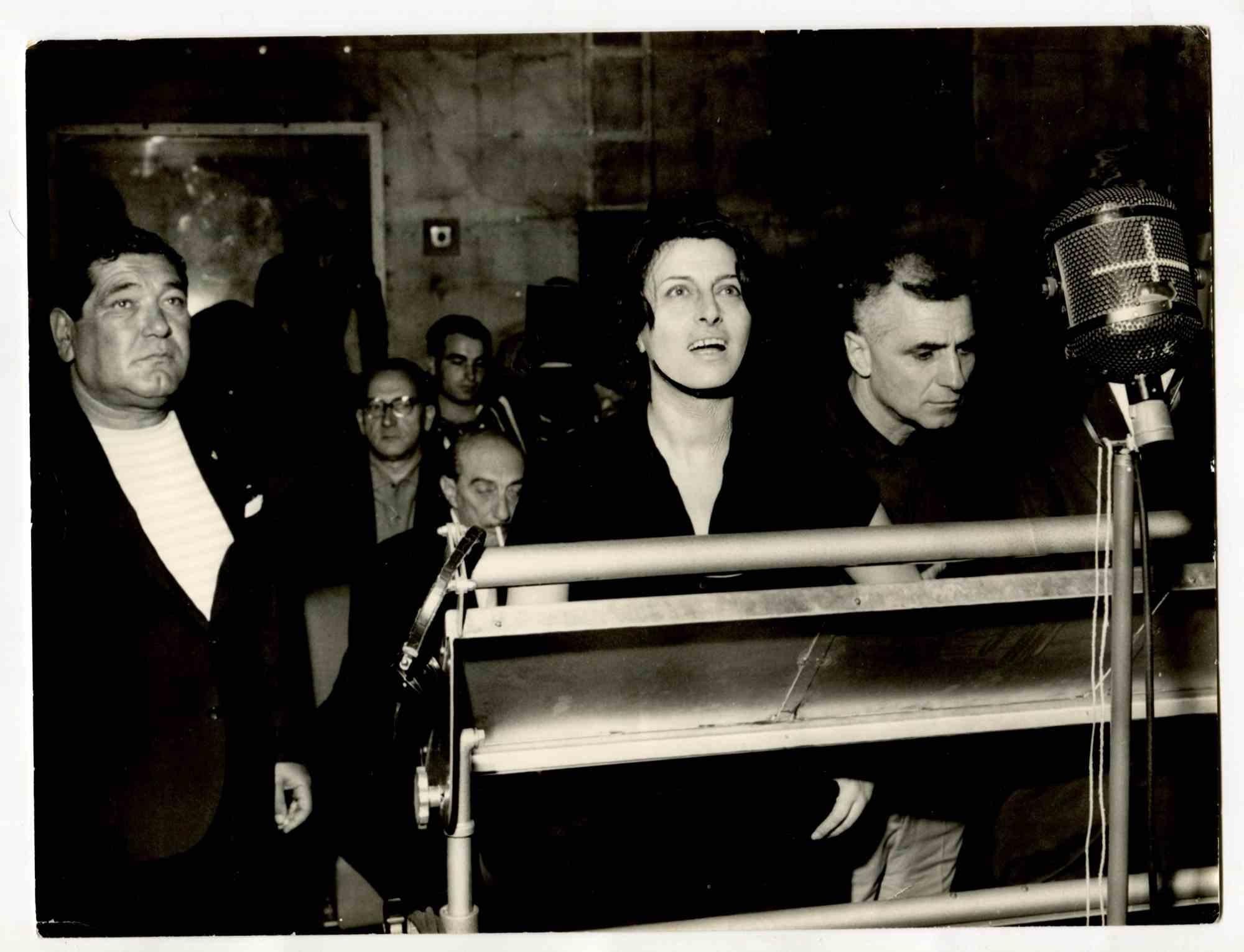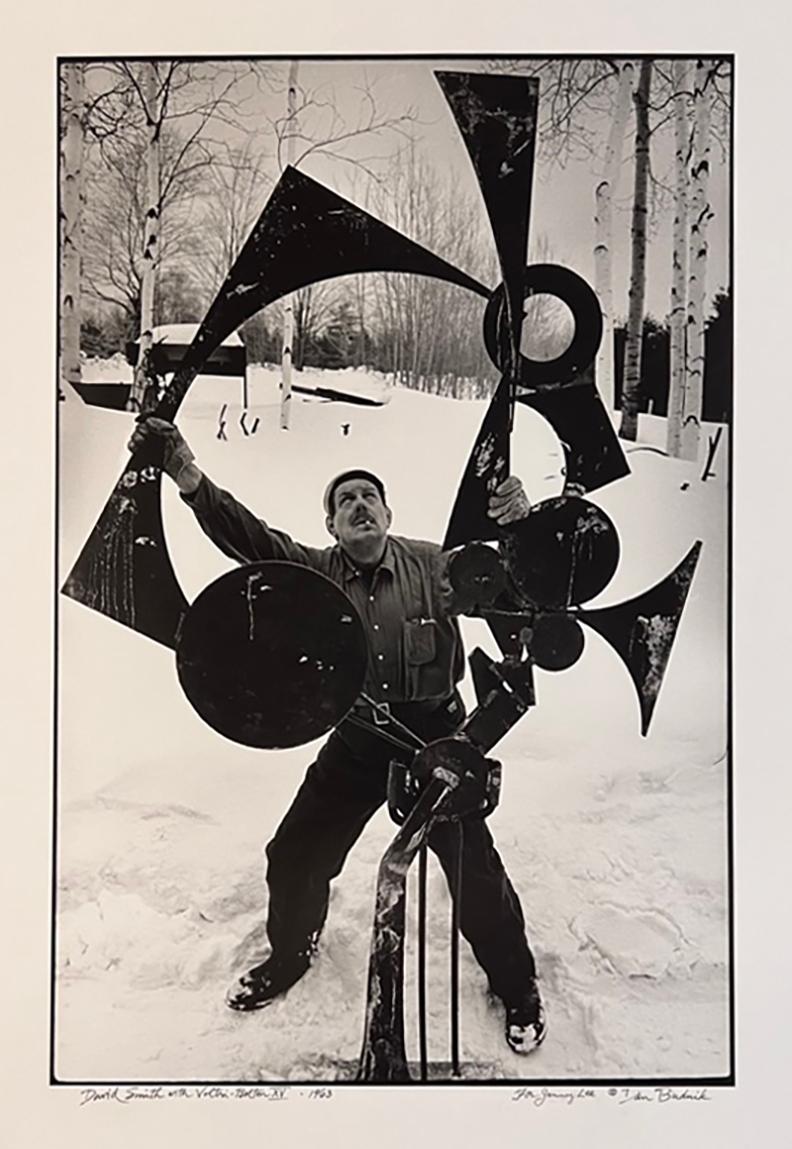Items Similar to Final justice - Vintage Photograph - Early 20th Century
Want more images or videos?
Request additional images or videos from the seller
1 of 2
UnknownFinal justice - Vintage Photograph - Early 20th CenturyEarly 20th Century
Early 20th Century
About the Item
Final justice is a b/w photographic print on Cardboard.
19385- Padova Cappella degli Scrovegni all’Arena, Dettaglio del affresco Il giudizio finale. Giotto written at the bottom.
The artwork represents a detail of Giottos work Final justice in Cappella degli Scrovegni all Arena.
- Creation Year:Early 20th Century
- Dimensions:Height: 10.24 in (26 cm)Width: 7.88 in (20 cm)Depth: 0.04 in (1 mm)
- Medium:
- Movement & Style:
- Period:
- Framing:Framing Options Available
- Condition:Insurance may be requested by customers as additional service, contact us for more information.
- Gallery Location:Roma, IT
- Reference Number:
About the Seller
4.9
Platinum Seller
These expertly vetted sellers are 1stDibs' most experienced sellers and are rated highest by our customers.
1stDibs seller since 2017
6,721 sales on 1stDibs
Typical response time: 2 hours
- ShippingRetrieving quote...Ships From: Monaco, Monaco
- Return PolicyA return for this item may be initiated within 14 days of delivery.
More From This SellerView All
- M. Dumas - Photograph - 19th CenturyLocated in Roma, ITM. Dumas, silver salt b/w print is a vintage silver salt Photograph realized in the 19th Century. On the rear" Le Meme Sujet" Edition 3 fr, Emile Adan, Les de...Category
Late 19th Century Modern Black and White Photography
MaterialsPhotographic Paper
- President Richard Nixon - Vintage Photo - 1960sLocated in Roma, ITPresident Richard Nixon is a photograph realized in the 1960s. Good conditions. The artwork is realized in a well-balanced composition.Category
1960s Modern Black and White Photography
MaterialsPhotographic Paper
- President Richard Nixon - Vintage Photo - 1970sLocated in Roma, ITPresident Richard Nixon is a photograph realized in the 1970s. Good conditions.Category
1970s Modern Black and White Photography
MaterialsPhotographic Paper
- Moscow Parade - Photograph by Karl Bulla - Late 19th CenturyBy Karl BullaLocated in Roma, ITMoscow parade is an original modern artwork realized in the end of 19th century by Karl Bulla. Original black and white photograph. The artwork depicts a parade in Moscow. Include...Category
Late 19th Century Modern Black and White Photography
MaterialsPhotographic Paper
- Tightrope Walkers- Vintage b/w Photo - 1980sLocated in Roma, ITTightrope Walkers- Vintage b/w Photo realized in the Late 1980s. With the handwriting on the rear. Good conditions. The photograph is captured aesthetically, in an interesting mom...Category
1980s Modern Black and White Photography
MaterialsPhotographic Paper
- Pilotis House - Beach in Brazil - Vintage Photo - 1970sLocated in Roma, ITPilotis House - Beach in Brazil - Vintage b/w Photo realized in the 1970s. With some handwriting on the rear. Stamped on the rear. Good conditions.Category
1970s Modern Black and White Photography
MaterialsPhotographic Paper
You May Also Like
- David Smith with Voltri XV - Bolton 1963 by Dan BudnikBy Dan BudnikLocated in Phoenix, AZDAN BUDNIK (American, b. 1933-2020 David Smith with Voltr1-Bolton XV, Terminal Iron Works, Bolton Landing, N. Y. 1963 Vintage Print on Afga Paper, Silver gelatin, March 1963, printed 1992 by Igor Bakht Paper: 24 x 20 inches Image: 16.38 x 13 inches Recto: signed in black ink in artist's hand Verso: titled, dated, signed in graphite in artist's hand, printer information in graphite State: unmounted. Dan Budnik 1933-2020 As a photojournalist, Dan Budnik is known for his photographs of artists, but also for his photo-documentation of the Civil Rights Movement and of Native Americans. Born in 1933 in Long Island, New York, Budnik studied with Charles Alston at the Art Students League of New York (1951-53) and began his photography career as Philippe Halsman’s assistant. Working at Magnum Photos (1957-64) in 1963, Budnik persuaded Life Magazine to have him create a long-term photo essay showing the seriousness of the Civil Rights Movement, documenting the Selma to Montgomery march and other historical Civil Rights moments. Budnik went on to photograph for premier publications such as Life, Fortune, Look, Newsweek, Sports Illustrated and Vogue. He has been a major contributor to eight Time-Life Wilderness and Great Cities series and received a 1973 grant from the National Endowment for the Arts for his work on the Hudson River Ecology Project and a 1980 grant from the Polaroid Foundation for Big Mountain: Hopi-Navajo Forced Relocation. Biography Pastaza, Ecuador, December 2004 Photo by Kresta King Cuther Pastaza, Ecuador, December 2004 Photo by Kresta King Cuther Dan Budnik, (b. 1933-died 2020), whose career as a photographer has spanned more than half a century, was most recent recipient, in 1998, of the prestigious American Society of Media Photographers Honor Roll Award, an accolade previously accorded to such eminent photographers as Man Ray, Edward Steichen, Walker Evans, Dorothea Lange, André Kertész, Ernst Hass...Category
1960s American Modern Black and White Photography
MaterialsPhotographic Paper
- Flights , Scotland , 2015By Benjamin HellerLocated in Hudson, NYIn his latest show, Benjamin Heller invites us to enter a poetic space of echo and convergence. As a photographer, sculptor, and performer, movement is key in this body of work, that...Category
2010s Modern Landscape Photography
MaterialsPhotographic Paper
- Portrait William S. Burroughs - black and white photographLocated in Winterswijk, NLVictor Bockris - "Portrait William S. Burroughs" Iconic photos by Victor Bockris: Portrait of the American novelist William S. Burroughs. Black and whit...Category
20th Century Modern Black and White Photography
MaterialsPhotographic Paper
- Photograph Mademoiselle PoganyBy Dan Er. GrigorescuLocated in Paris, FRRomanian photographer, Dan Er. Grigorescu managed to published over 30 books, many receiving awards in Germany and the United States, while living under the Romanian communist regime...Category
20th Century Modern Black and White Photography
MaterialsPhotographic Paper
- Architectural Study - InteriorBy Julius ShulmanLocated in Surfside, FLJulius Shulman (October 10, 1910 – July 15, 2009) was an American architectural photographer best known for his photograph "Case Study House #22, Los Angeles, 1960. Pierre Koenig, Architect." The house is also known as the Stahl House. Shulman's photography spread California Mid-century modern around the world. Through his many books, exhibits and personal appearances his work ushered in a new appreciation for the movement beginning in the 1990s. His vast library of images currently resides at the Getty Center in Los Angeles. His contemporaries include Ezra Stoller and Hedrich Blessing Photographers. In 1947, Julius Shulman asked architect Raphael Soriano to build a mid-century steel home and studio in the Hollywood Hills. Some of his architectural photographs, like the iconic shots of Frank Lloyd Wright's or Pierre Koenig's remarkable structures, have been published countless times. The brilliance of buildings like those by Charles Eames, as well as those of his close friends, Richard Neutra and Raphael Soriano, was first brought to light by Shulman's photography. The clarity of his work demanded that architectural photography had to be considered as an independent art form. Each Shulman image unites perception and understanding for the buildings and their place in the landscape. The precise compositions reveal not just the architectural ideas behind a building's surface, but also the visions and hopes of an entire age. A sense of humanity is always present in his work, even when the human figure is absent from the actual photographs. Many of the buildings photographed...Category
20th Century Modern Black and White Photography
MaterialsPhotographic Paper
- Brazilian Conceptual Modernist Photograph Jose Yalenti Architectural AbstractLocated in Surfside, FLJosé Yalenti, (1895-1967) Brazilian Photographer "Beiras" (Sides) Photo, numbered 5/15, circa 1950, (printed later) on premium luster photo paper with ultrachrome ink. Art: 15" H x 11" W; Frame: 20 1/4" H x 14 1/4" W. Provenance: Dickinson Roundell Gallery José Yalenti’s Architecture photos seem at first disorienting, abstract black & white and grey surfaces, cut through by startlingly straight lines and a variety of surface textures. Much of his work is of mid-century Latin American architecture, by the likes of Oscar Niemeyer and Roberto Burle Marx. José Yalenti was born in São Paulo, Brazil in 1895. On April 28, 1939, a group of photography aficionados, including Yalenti, formed the Foto Clube Bandeirante, later changed to Foto Cine Clube Bandeirante, or FCCB. Starting in the late 1940s, a contingent of FCCB photographers began creating photographs of abstracted architectural motifs (as in Architecture or Twilight), and eventually became known as the Escola Paulista, or “Paulista School.” Yalenti was among the members of the unofficial Paulista School. Between 1945 and 1960, the Paulista School photographers explored the rapidly changing formal qualities of São Paulo. By photographing skyscrapers and stairways at steep angles, creating closely cropped compositions from found geometric motifs, and capturing the flattening effects of shadows, Paulista School photographers investigated the new physical perspectives emerging in the urban environment. They created a distinctively Modern aesthetic that used strong contrasts of light and dark, geometric forms, linear compositions, and collapsed space to assert photography’s status as an artistic medium. As part of their pursuit of photographic Modernism, Yalenti and his fellow Brazilians adapted the stylistic innovations of U.S. and European photographers such as f.64, New Objectivity, Dada, Surrealism, and the Bauhaus, to the Brazilian context. Along with his FCCB compatriots—Thomaz Farkas, Geraldo de Barros, and German Lorca, among others—Yalenti explored the formal properties of black-and-white image-making. Yalenti and the Paulista’s School’s abstract photographs responded to the new trends in Brazilian Modernist architecture being developed by young architects in São Paulo and Rio de Janeiro. In 1939, Lúcio Costa, Oscar Niemeyer, and Affonso Reidy broke ground on the Ministry of Education and Health Building (MES), the building that would define Brazilian architectural modernism. The Rio-based team combined elements of Le Corbusier’s undecorated structural purity with Brazilian regional design to produce a more organic and “tropical” Modernism that responded to the local culture and climate. The sinuous and sensuous curves of Yalenti’s photograph are directly influenced by stylistic developments in architecture at the MES, including the building’s covered entry and its organically abstract contours. By 1957, when Yalenti created Architecture or Twilight, Brazil was globally recognized as an architectural leader. MoMA in New York City organized a popular exhibition of Brazilian architecture in 1943 (“Brazil Builds”), and highlighted the country again in its survey show "Latin American Architecture since 1945," that ran from 1955–56. Brazilian photography...Category
20th Century Modern Black and White Photography
MaterialsPhotographic Paper
Recently Viewed
View AllMore Ways To Browse
Early 20th Century Gray
Antique Photographs
Antique Photograph
Antique Photograph Photographs
Antique Photographs Photographs
Photograph Antique
Black Vintage Antique
The Final Justice
Antique Arena
Jean Pierre De Neef
Music Ad
William H Davis
1970 Fibre Art
Arthur Desk Set
Las Vegas 1950s
Leonard Cohen Prints
Susan Davis
Tin Roof Vintage





